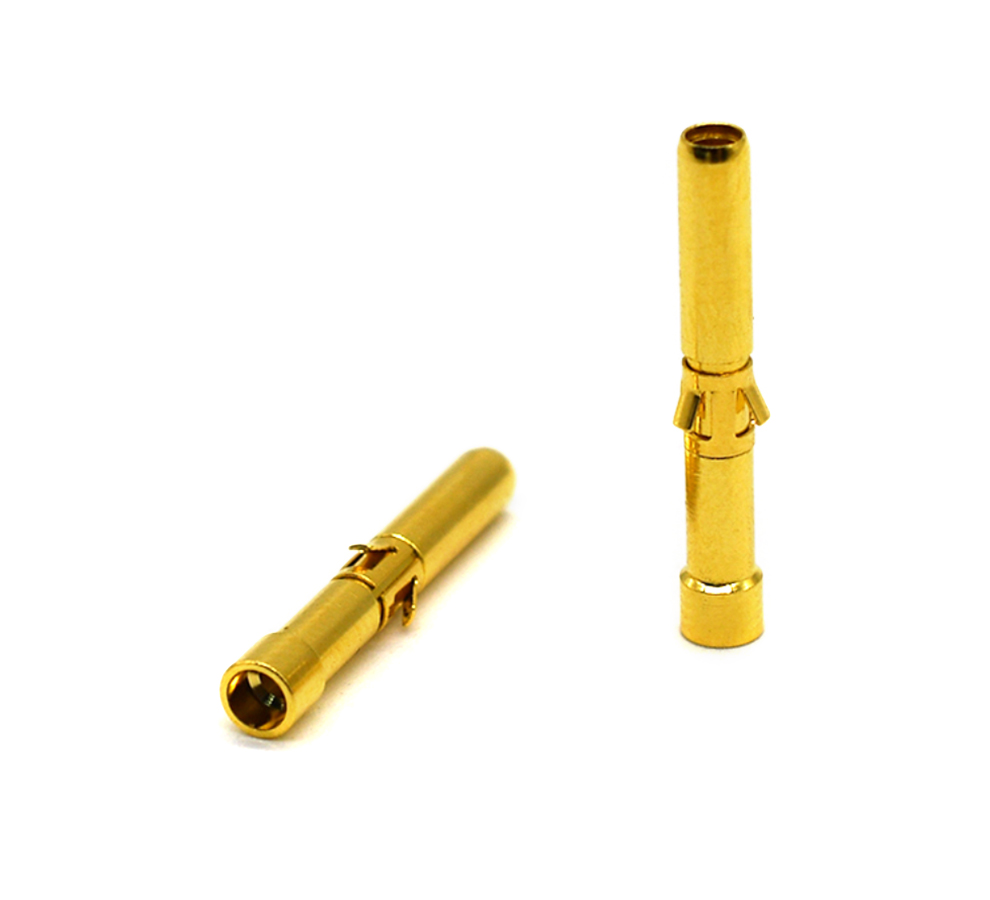Time:2025-06-12 Views:1 source:News

In hard drives, neodymium - iron - boron magnets are integral components that play a crucial role in the read - write process and the overall functionality of the storage device. The mechanism of action of NdFeB magnets in hard drives is closely related to the principles of magnetic storage and the movement of the read - write head.
Hard drives store data in the form of magnetic patterns on a spinning disk platter. The read - write head, which is responsible for reading data from and writing data to the platter, needs to be accurately positioned over specific locations on the platter's surface. NdFeB magnets are used in the actuator mechanism of the hard drive, which controls the movement of the read - write head. The actuator typically consists of a voice - coil motor (VCM), and NdFeB magnets are an essential part of this motor.
The VCM operates based on the interaction between the magnetic field of the NdFeB magnet and the electrical current passing through the voice coil. When an electrical signal is sent to the voice coil, it generates a magnetic field that interacts with the static magnetic field of the NdFeB magnet. According to the Lorentz force law, this interaction creates a force that causes the voice coil, and consequently, the attached read - write head, to move. The precision of this movement is critical, as the read - write head needs to be accurately positioned within a very small tolerance (usually in the nanometer range) over the desired data track on the platter.
The high magnetic strength of NdFeB magnets allows for a rapid and precise movement of the read - write head. This enables fast access times, as the head can quickly move to the location where the data needs to be read or written. Additionally, the high energy density of NdFeB magnets means that the actuator can be designed to be compact and lightweight, which is beneficial for the overall design and performance of the hard drive. A smaller and lighter actuator reduces the inertia of the moving parts, allowing for faster acceleration and deceleration of the read - write head, further improving the data access speed.
However, the use of NdFeB magnets in hard drives also requires careful consideration of magnetic interference. Since the hard drive operates based on magnetic storage, any external magnetic fields or magnetic field leakage from the NdFeB magnets within the actuator could potentially corrupt the stored data. Therefore, hard drive manufacturers implement various shielding and isolation techniques to ensure that the magnetic fields of the NdFeB magnets are contained and do not interfere with the magnetic patterns on the platter, maintaining the integrity and reliability of the stored data.
Read recommendations:
Magnetic connector waterproof customization service
Pogo Pin Connector Specification Parameters
Magnetic connector for industrial applications
anti - corrosion smart wearables Magnetic PogoPin for long - term use
Material Requirements for Copper in Pogo Pin Connector Jacks